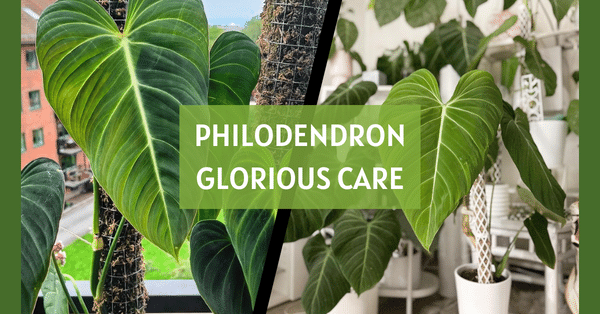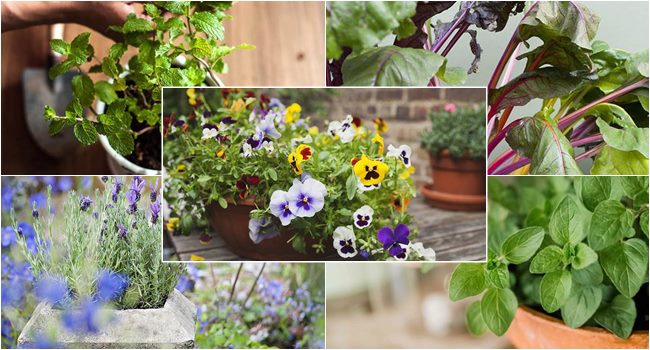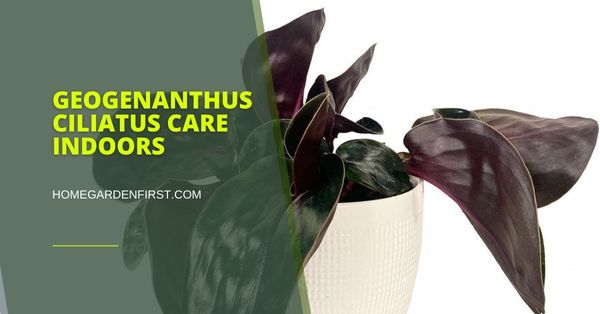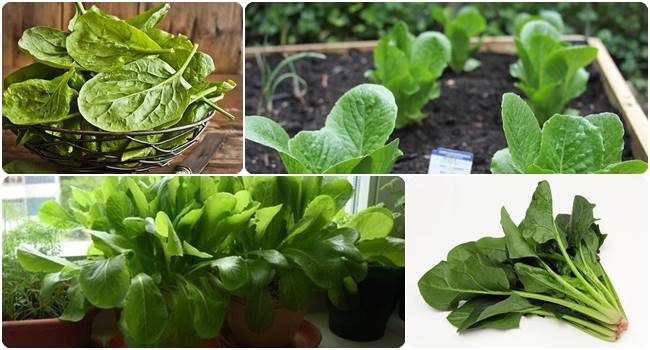How to Grow Tomatoes Vertically | Vertically Grow Tomatoes
Learn how to grow tomatoes vertically to use up space more productively. Vertically grown tomatoes produce more harvest and take up less space!
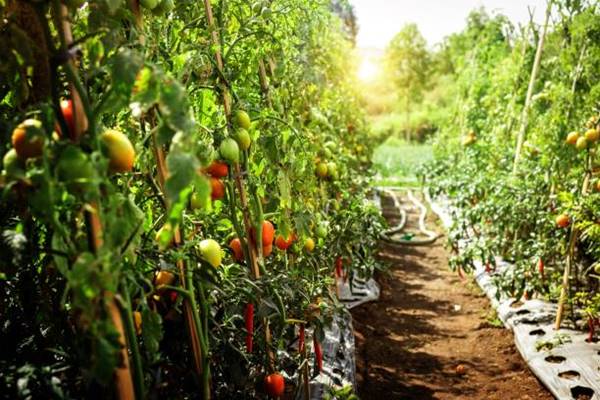
Growing tomatoes vertically is ideal for those who are looking to save up space and increase the harvest. There are numerous ways to utilize vertical space for growing tomatoes, including trellising, stakes, cages, and hanging baskets. In this post, we’ll discuss how to grow tomatoes vertically and which varieties to choose from.
Care for growing tomatoes vertically is no different from growing the tomatoes in the garden or container. Choose a good quality potting soil that’s porous, well-draining, and rich in organic matter. In nutritionally poor soil, add slow-release fertilizer at the time of planting and during the growing season. Water regularly ad ensure that the soil is moist but not waterlogged. Tomatoes thrive in full sun, so make sure to choose a spot accordingly.
Choosing the Right Tomato Type
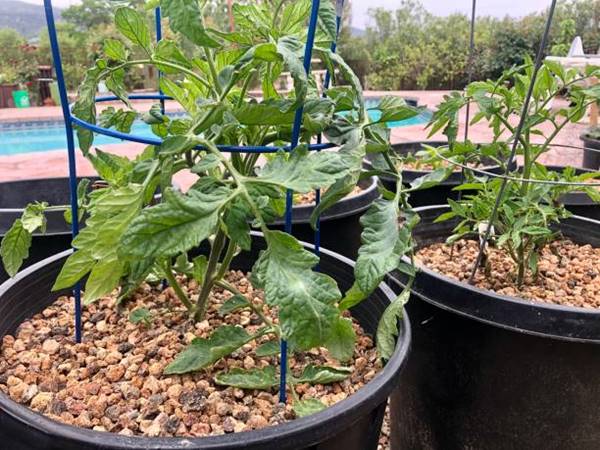
Tomato cultivars are broadly divided into two types, which are bush or determinate tomatoes and vining or indeterminate tomato varieties. As the name suggests, the bush cultivar is shorter in size and typically doesn’t require a support structure. Vining tomato cultivars require a support structure to grow and reach a length of 6 feet or even more. Also, bush tomatoes produce fruits for a shorter duration, whereas vining tomatoes produce fruits throughout the growing season.
Bush varieties being short, grow vertically on their own without the need for training them. However, you can provide stake support so that the plant doesn’t fall over because of its self-weight. That’s not the case with vining tomato varieties, as you need to train them over a vertical support structure for the vines to grow vertically.
If you can’t provide a sturdy support structure, go for tomato varieties that produce small tomato fruits. Cherry and grape tomatoes are ideal for hanging baskets and containers as they produce small tomato fruits and hold well in the containers.
Grow Tomatoes on Trellis
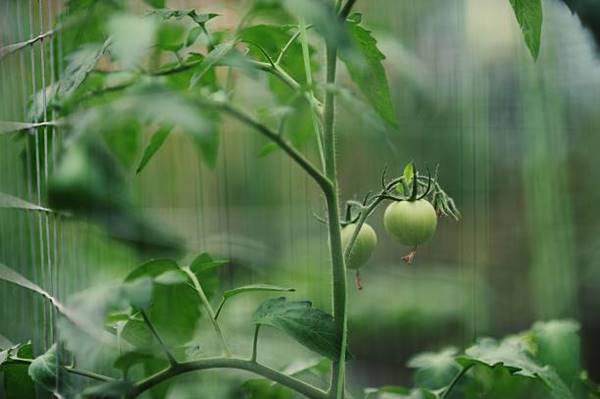
Trellis is an architectural structure used to provide support to the climbing plants. A trellis can be as simple as strings attached to a frame for support or as complex as a matrix of interwoven wood, bamboo, or even metal. Make a simple trellis support structure by attaching a section of wire fence to a wooden stake using u-nails. This trellis works for both vining and bush tomato types; all you need is adjust the height depending on the cultivar. If you attach the trellis system to the wall, make sure that there some space between the wall and the trellis for air circulation. The tomatoes can also get pretty heavy when it produces fruits, so make sure the trellis sturdy enough to bear the plant’s overall weight and tomato fruit.
Here are some other ways for trellising tomatoes that’ll increase the yield!
Grow Tomatoes in Hanging Baskets
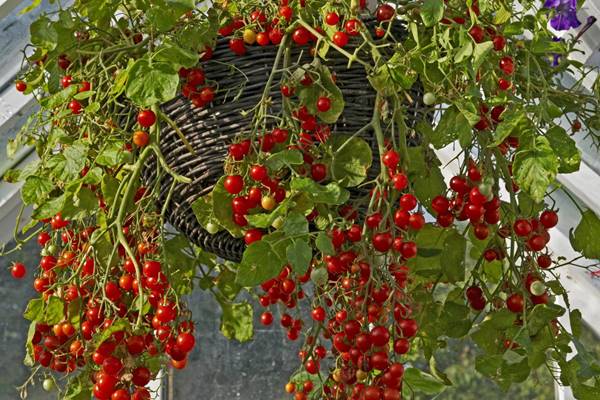
Growing tomatoes in hanging baskets are ideal for those who have a scarcity of backyard space or patio to place pots. Also, the tomatoes grown in hanging baskets are less susceptible to pests and diseases as they are isolated from other plants. Grow tomatoes in hanging baskets or containers, plant tomatoes in the container, and hang the container at a suitable height. Ensure that the rope or chain you use to hang the basket or container is strong enough to endure the weight. Tomatoes vines cascading down from the planters look highly attractive, especially when they produce vibrant red and juicy tomatoes. Prune back the plant to keep it neat and up to the desired length.
You can also go for upside-down planters, but they’ll be hard to manage and require more attention than tomatoes in traditional hanging baskets. Check out this post for more details on growing plants in hanging baskets.
Other Structures to Vertically Grow Tomatoes
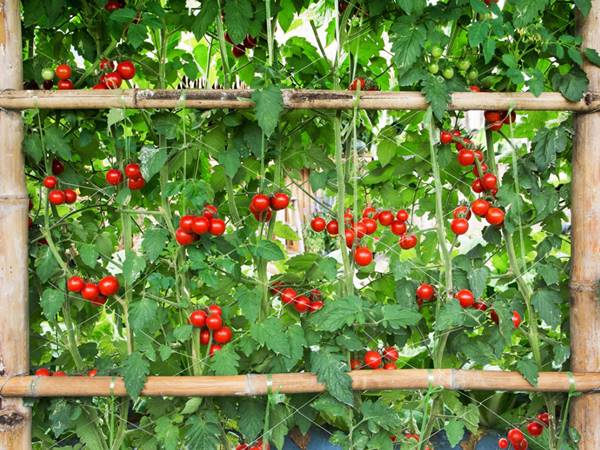
Fence, walls, tripods, pyramids, wire cages, and other vertical structures are also great for training and growing tomatoes vertically. It’s upto you and your needs to choose a structure that’s temporary, moveable, or permanent and stationary.
